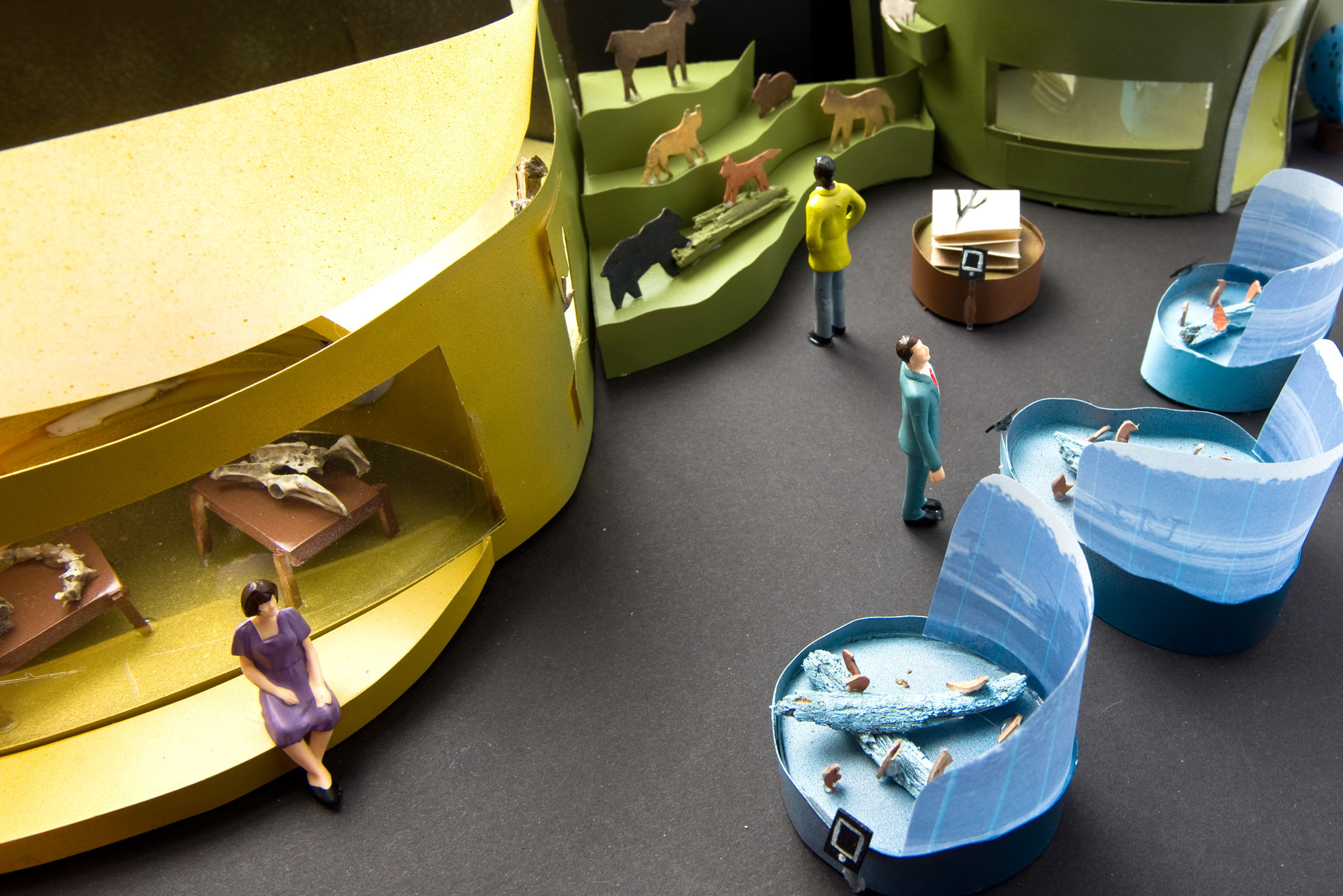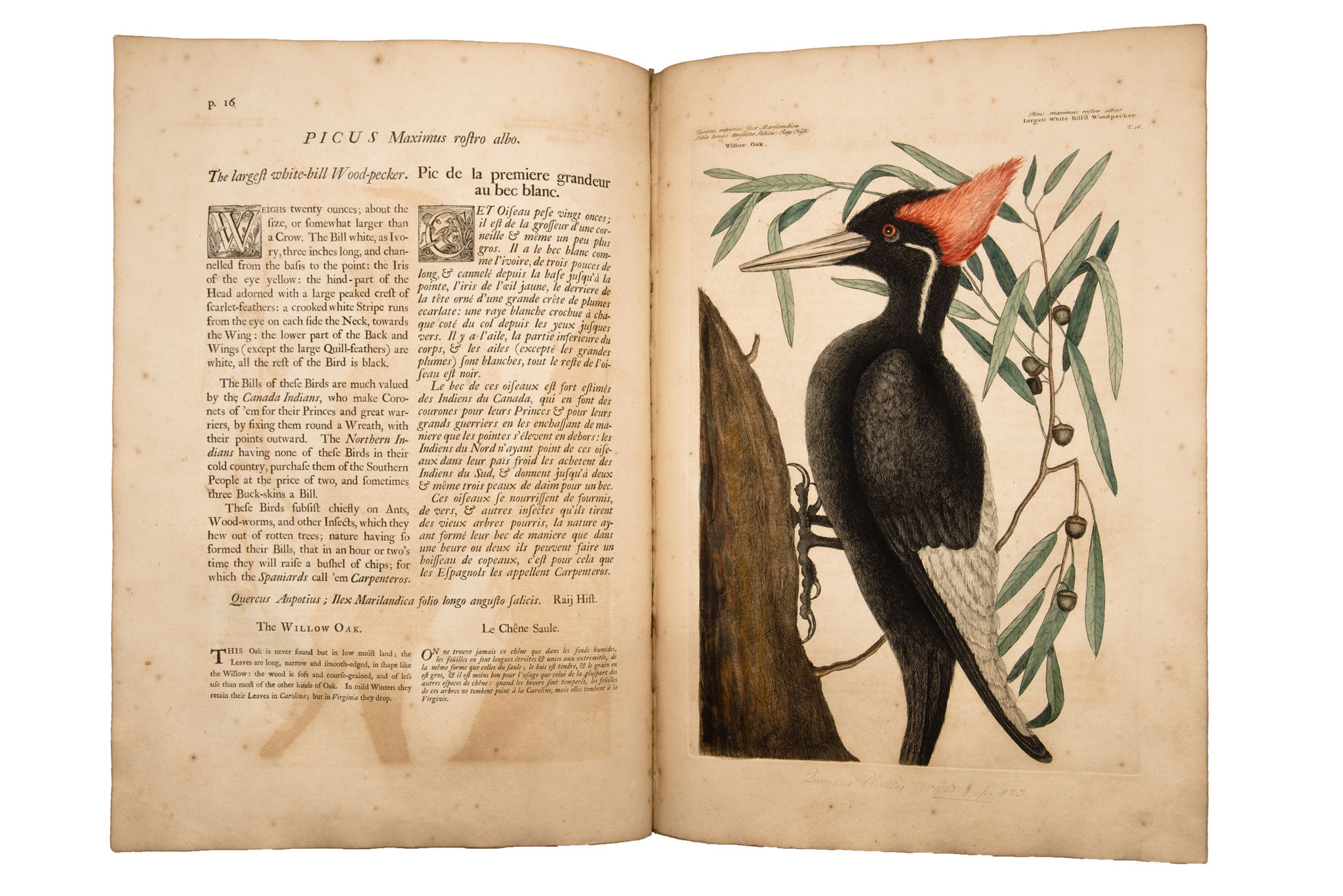Bringing Them Back to Life: The History of Collecting
Bringing Them Back to Life is a blog series from The Charleston Museum that provides updates and plans for our Natural History Gallery renovations.
Observation and description of local flora and fauna had been an interest of many wealthy Europeans who collected and studied organisms as a hobby and in the interest of general knowledge. Their contributions became the hallmarks of early museums, irreplaceable institutions where anyone could learn about discoveries from around the world. Moreover, many of the underpinnings of modern botany, zoology, geology, and other disciplines are due to the work of these early naturalists who yearned to learn more about the vast world around them.
Early naturalists often ventured into the wild unknown of the New World and produced detailed descriptions of unknown organisms to bring back to Europe. Along with written notes, naturalists such as Mark Catesby (1683-1749) would reproduce these new organisms as gorgeous works of art so that others could see these animals and plants themselves. These expeditions led to the formal descriptions of a plethora of new species and began the earliest conservation efforts to protect our natural resources. Among the Museum’s collection is a first edition of Mark Catesby’s monumental The Natural History of Carolina, Florida, and the Bahama Islands. Many of the observations that Catesby made about South Carolina flora and fauna came from the Lowcountry. The beautiful images from this work will be a key component of the Naturalists section of the new Natural History Gallery.



